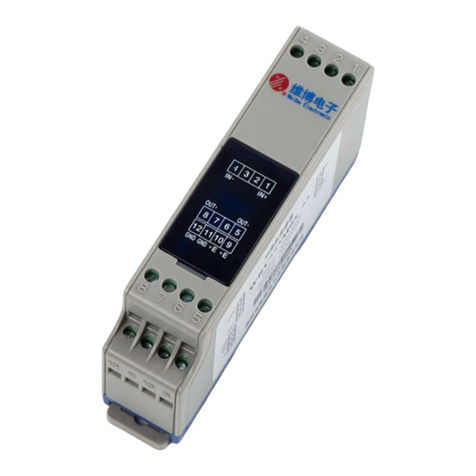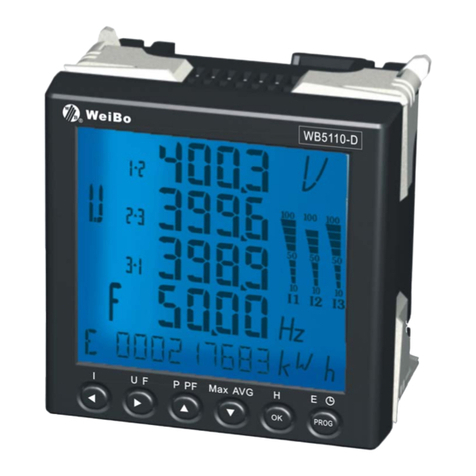
DJS5179
Catalogue
1.Safety usage instructions ....................................................................................................... 1
2. Product introduction ............................................................................................................. 2
2.1Summary ........................................................................................................................................... 2
2.2Product features ................................................................................................................................ 2
3 Structural features and operating principle ........................................................................ 3
4 Key technical parameters ...................................................................................................... 3
4.1 Key technical parameters ................................................................................................................ 3
4.2 Pulse Output ..................................................................................................................................... 4
5 Outline dimension .................................................................................................................. 4
6 Installation and usage ............................................................................................................ 5
6.1 Installation method .......................................................................................................................... 5
6.2 Installation precautions ................................................................................................................... 5
6.3 Wiring ............................................................................................................................................... 5
6.3.1 Terminals definition .............................................................................................................. 5
6.3.2 Power supply wiring ............................................................................................................. 7
6.3.3 Communication wiring ......................................................................................................... 7
6.3.4 Input wiring ........................................................................................................................... 7
6.3.5 Energy pulse output wiring .................................................................................................. 8
6.4 Usage ................................................................................................................................................. 9
6.4.1Panel description .................................................................................................................... 9
6.4.2 Button description ................................................................................................................ 9
6.5 Display .............................................................................................................................................. 9
6.5.1LCD backlight function ......................................................................................................... 9
6.5.2 LCD display description ..................................................................................................... 10
6.5.3 LCD display content ........................................................................................................... 10
7. Communication protocol .................................................................................................... 1 3
7.1 MODBUS-RTU protocol ............................................................................................................... 14
7.1.1Summary .............................................................................................................................. 14
7.1.2 Function code description .................................................................................................. 15
7.1.3 Abnormal response ............................................................................................................. 16
7.1.4 Example of Communication Messages .............................................................................. 17
7.1.5 Parameter Register Table ................................................................................................... 19
7.2 DL/T645-2007 protocol.................................................................................................................. 31
7.2.1Summary .............................................................................................................................. 31
7.2.2 Frame format ...................................................................................................................... 32
7.2.3Data identification ............................................................................................................... 33
7.2.4Communication packet description.................................................................................... 39
8 Note ........................................................................................................................................ 45






























